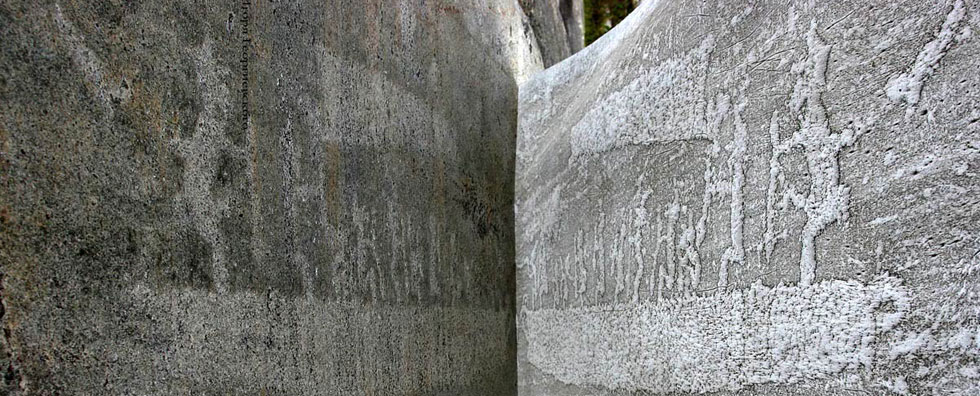
Issue №4, Vol. 19
Do T., Grigorev G., Kalyashov V., Novgorodov D., Grigoreva O., Hitrov E. Methodology and results of experimental studies of the impact of forest machines with a tracked mover on the soils of slopes // Resources and Technology. 2022. №4, Vol. 19. P. 64‒84.
DOI: 10.15393/j2.art.2022.6443
Methodology and results of experimental studies of the impact of forest machines with a tracked mover on the soils of slopes
| Do Tuan An' | Vietnam National University of Forestry, anhdo.dhln@gmail.com |
| Grigorev Gleb | St. Petersburg State Forest Engineering University named after S. M. Kirov, vtl-lta@mail.ru |
| Kalyashov Vitalij | Saint Petersburg State University of Architecture and Civil Engineering, vit832@yandex.ru |
| Novgorodov D'ulus | Arctic State Agrotechnological University, novgorodov_dulus@mail.ru |
| Grigoreva Olga | St. Petersburg State Forest Engineering University named after S. M. Kirov, grigoreva_o@list.ru |
| Hitrov Egor | Peter the Great St. Petersburg Polytechnic University, yegorkhitrov@gmail.com |
|
Key words: experimental research mountain forests mover pressure logging skidding soils |
Summary: When working on slopes, wheeled forest machines (harvesters, forwarders, skidders) with winches built into the transmission are usually equipped with removable tracks to improve stability and operating efficiency. When machine systems including special self-propelled winches operate on even on steep slopes, tracked feller-buncher machines work effectively. Therefore, to study the forest machines with caterpillar mover impact on the soils of mountain logging sites is quite relevant. The presented work is focused on laboratory experimental verification of previously performed theoretical research results. Taking into account the obtained results, at the present stage of the research it was planned to perform experimental research based on geometrical simulation (1:15, the coefficient for recalculation of linear parameters k=15). The original laboratory testing unit was assembled at the Department "Technology and equipment of forestry complex" of the Arctic State Agrotechnological University. As a result of statistical processing of the experimental data obtained it was found that deviations of theoretical values of the soil bearing capacity under the influence of the tracked mover were within 13% and did not exceed the limits associated with errors in the experimental determination of this value. Deviations of theoretical values of permissible average pressure of the tracked mover on the ground were within 14% and did not exceed the limits related to the errors of experimental determination of this value. |
Displays: 626; Downloads: 422;




